SER903015 Serpent Viper 977 EVO 1/8 GP 4wd
$366.00 Original price was: $366.00.$99.99Current price is: $99.99.
- Safeguard Your Shopping Experience
- Experience Quality, Shop with Us
- No Compromise on Quality
- Shop the Best Quality Online

The Serpent Viper-EVO is the next step in the continiuous development of this
very demanding 1/8 scale racing class, the pinnacle of rc car racing. The Viper
977-EVO is all about refinement, to make a superb car even better. A fully adjustable
race chassis to the latest spec and technology. Lighter, stronger, new geometry,
more tuning features.
Specifications:
- Class: 1/8th scale gas on-road, IFMAR rules
- Purpose: High-end competition
- Weight: 2.420kg (depending on radio gear)
- Track-width rear: 260mm – 266mm
- Track-width front: 250mm – 260mm
- Wheel base: Adjustable 296 – 300mm +/-1.7mm
- Not included: Engine, pipe, body, radio equipment, wheels, tires, battery
pack - Chassis: 5mm 7075 aerospace quality aluminium
- Radio plate: 2.5mm carbon fibre,
- Suspension: Independent double wishbone suspension
- Shock absorbers: RCM shock absorbers
- Fuel tank: 125cc design
- Rear axle: Solid rear axle
- Front axle: Aluminium front axle with one-way bearings
- Gearbox: Lightweight 2-speed XLi8
- Clutch system: Centax true Motion clutch system
- Instructions: Full colour Instruction manual online / PDF
- Adjustability: Camber, Caster, Down-stops, Up-stops, Toe-in, Track width,
Wheel base, Front & rear roll centre
Features:
- 2-speed gearbox SL8 XLi with superlow inertia
- Composite 2-speed gears with 0.8 pitch
- Centax hardcoated alu clutch gears with 0.8 pitch
- Aluminium chassisplate in 7075 T6 with optimised flex and weights slide
- carbon fibre 2.5mm radioplate with aluminium mid-flex system
- aluminium central flex system with bearings
- front bumper with inserts
- new geometry with narrower front end
- improved rear bodymount
> Viper 977 EVO 1/8 GP 4wd (#903015)
> Description · News (7) · Specifications · Images (41) · Downloads (6) ·
Spares (178) · Optionals (86) · Setups (24)
Brand: Serpent
Product Type: Gas Cars > 1/8
Viper 977 EVO 1/8 GP 4wd 2013-2014 IFMAR TQ and World Champion, Japan Tadahiko
Sahashi with Viper 977 Gaspowered toplevel racecar with 4wd, belt-drive, Centax
true motion clutch, XLi8 gearbox, flex-system front and rear, brake on rear
axle, front one-ways, rear solid axle, ballraced anti-rollbars. A fully adjustable
race chassis to the latest spec and technology. Lighter, stronger, new geometry,
more tuning features. Design by Michael Salven
Related products
– Serpent S120 LTR 1/12 pancar EP (#410006)
– Serpent F110 Formula 1/10 EP SF2 (#410061)
– Cobra GT 1/8 onroad (#600040)
– Natrix 748 TQ 1/10 200mm gp car (#804008)
– Viper 977-e 1/8 scale 4wd EP (#904002)
> Description
Serpent Viper 977-EVO
1/8 scale gas onroad car
Serpent has been developing 1/8 scale onroad rc cars since 1977, officially
as company since roughly 1980. That is over 35 years of of race and development
experience combined !
The Serpent Viper-EVO is the next step in the continiuous development of this
very demanding 1/8 scale racing class, the pinnacle of rc car racing. The Viper
977-EVO is all about refinement, to make a superb car even better. Ready to
defend the 2013-2014 World Championship TQ and title by Tadahiko Sahashi from
Japan.
Bodymount rear
Rear floating bodymount
Extra ribs and more material is added to increase the stiffness of the rear
bodymount and a 4th hole is added both sides for more tuning options
Bumper
Front bumper with inserts
The newly developed front aero type bumper is a very durable unit, which as
extra feature offers removable inserts. Its very easy and quick to test with
or without inserts in a matter of seconds.
Central flex
Aluminium central flex system with bearings
The system consist of a lower and upper anodised aluminium section, connected
with screws for zero flex, or with bearings inside for some controlled flex.
It needs removal of only 2 screws to go from fixed to controlled flex.
Radioplate
Carbon fibre 2.5mm radioplate with aluminium mid-flex system
The stiff carbon fibre radioplate is one piece again with the flex system moving
to the center of the car, just behind the tank.
Chassis
Aluminium chassisplate in 7075 T6 with optimised flex and weights slide
The chassisplate is a very important part as central unit in the car. The flex-characteristic
is a major point, as well as weight balance with the sliders we apply and the
dissipation of heat from the engine. The chassis is narrower in the front to
allow a slightly different geometry. 2 sets of front lower pivotpins holders
are included to change the geometry, run it narrow or wide. Machining of the
chassis allows flex in a different area as before, and can be influenced by
using the carbon brace.
New geometry with narrower front end
The narrower chassis in front allows to run a slighly different geometry in
the front.
Centax
Centax hardcoated alu clutch gears with 0.8 pitch
To go with the 0.8 pitch gears, the Centax gearpinions also needed to go to
the 0.8 pitch. The precision machined and hardcoated gears are durable and smooth.
The Centax clutch is a Serpent innovation from the early nineties, and is in
use by almost all brands now.
Key new features
- 2-speed gearbox SL8 XLi with superlow inertia
- Composite 2-speed gears with 0.8 pitch
- Centax hardcoated alu clutch gears with 0.8 pitch
- Aluminium chassisplate in 7075 T6 with optimised flex and weights slide
- carbon fibre 2.5mm radioplate with aluminium mid-flex system
- aluminium central flex system with bearings
- front bumper with inserts
- new geometry with narrower front end
- improved rear bodymount
- Independent suspension with hydraulic shocks
- Front shaft with oneways and rear solid axle
- Aluminium bearingblocks front and rear
- Central rear axle brake
- Front cvd , rear dogbone drive, both with quick change wheel system/axles
- Ball raced front and rear anti-roll bars
2-speed gearbox SL8 XLi with superlow inertia
All the parts of the gearbox have been made smaller and as light as possible,
to lower inertia even further, still keeping durability on top of the list.
The gears changed to a 0.8 pitch which is smoother than the original one. The
Serpent gearbox system was our innovation in the late 80-ties and the system
hardly changed, only optimised, and now as system in use with all other brands
.
Bodymount rear
Rear floating bodymount
Extra ribs and more material is added to increase the stiffness of the rear
bodymount and a 4th hole is added both sides for more tuning options
Bumper
Front bumper with inserts
The newly developed front aero type bumper is a very durable unit, which as
extra feature offers removable inserts. Its very easy and quick to test with
or without inserts in a matter of seconds.
Central flex
Aluminium central flex system with bearings
The system consist of a lower and upper anodised aluminium section, connected
with screws for zero flex, or with bearings inside for some controlled flex.
It needs removal of only 2 screws to go from fixed to controlled flex.
Radioplate
Carbon fibre 2.5mm radioplate with aluminium mid-flex system
The stiff carbon fibre radioplate is one piece again with the flex system moving
to the center of the car, just behind the tank.
Chassis
Aluminium chassisplate in 7075 T6 with optimised flex and weights slide
The chassisplate is a very important part as central unit in the car. The flex-characteristic
is a major point, as well as weight balance with the sliders we apply and the
dissipation of heat from the engine. The chassis is narrower in the front to
allow a slightly different geometry. 2 sets of front lower pivotpins holders
are included to change the geometry, run it narrow or wide. Machining of the
chassis allows flex in a different area as before, and can be influenced by
using the carbon brace.
New geometry with narrower front end
The narrower chassis in front allows to run a slighly different geometry in
the front.
Centax
Centax hardcoated alu clutch gears with 0.8 pitch
To go with the 0.8 pitch gears, the Centax gearpinions also needed to go to
the 0.8 pitch. The precision machined and hardcoated gears are durable and smooth.
The Centax clutch is a Serpent innovation from the early nineties, and is in
use by almost all brands now.
The durable composite front bodyposts are excentric , to allow moving the body
to front or back a few mm to optimize steering / downforce.
The steeringblock , which can be mounted left or right, offers a system to
change the axle position more to front or back giving a trailing or leading
steering, and the ability to change the kingpin-inclination and offset. The
steeringblock features an aluminum plate to connect the steering-rods, 2 options
for Ackermann.
The spring-steel steering-rods are fastened to the alu steeringplates, which
mount to the new steeringblocks. Optional carbon fibre disks can be mounted
on the side of the uprights to stiffen the assembly and for aerodynamic reasons.
The long durable front lower wishbones, are mounted superlow in the car, and
feature a semi covered leg for the inner suspension pin and the pivot link for
the front anti-roll bar system, its also has an extension for the down-stop
screw . The lower arms hold the lower alu shockmount plate, which allows a further
out and higher mounting point for the front shocks. The strong upper arms in
can be used left and right. The front lower arms connect to the alu front bracket
on very low nylon holders. The kit includes 2 versions, wide and narrow . This
whole system also enables you to replace a front driveshafts very quick and
easy.
The longer upper arms are mounted between the anodized aluminum top brackets,
which also hold the suspensionpin inserts to allow camber-change adjustments
with 3 possible inserts . Below the alu top-brackets spacers can be used to
change angle or height. Caster spacers are used as simple clips on the upper
pivot pins. Same clips are also used on the lower pins to change wheelbase.
The topmounted composite bracket gives extra stiffnes to the front section,
it holds the 3mm thick carbon fibre front shocktower and allow for the down-stop
screws.
The ballraced front anti-roll bar is a wire type, with very easy and fast open
access on the front, captured in the alu front braces. The standard wire is
2.5mm and 2 other as options. The pivotballs link system directs the power to
the bar in a smooth way and easy to adjust the tweak with the captured pivotball.
In the front the alu front axle with Japan-made one-way bearings features now
an improved pully assembly, free of play and super-true. Springsteel drivecups,
strong, long and thin spring-steel driveshafts with CVD system, and ballraced
springsteel wheelaxles with alu quick-change levers. The open front end design
allows for very fast and easy removal of the front axle or parts.
The springloaded servo-saver allows easy and fast Ackermann settings. The servo-saver
features a top mounted insert which can be used in 3 positions. Another 2 Ackermann
positions on the steeringblocks.
The steeringblocks and rear uprights connect to the arms with springsteel 8.5mm
pivotballs , which run very smooth and well protected in nylon cups, and are
easy to adjust with an allen tool.
2.5mm carbon fibre radioplate with the the center flex-control system. The
radioplate holds the fueltank, the receiver battery and the integrated electronics
bracket/box, as well as the center flex system
The new center flex system consist of a lower and upper CNC machined aluminium
bracket and a smal carbon brace. The upper one is fixed to the radioplate and
the lower one to the center radioplate mount.
In rigid standard positon the upper and lower brackets are mounted fixed with
2 screws.
In the flex position the 2 bearings are in place and with the 2 screws dis-assembled,
offer the central chassis flex.
Compact composite brace and box in one, which holds and protects the receiver
and mounts both servo?s, which both lay on their sides, as low as possible,
just a small clearance to allow for chassis flex. The cap of the receiverbox
offers a unique yet simple and safe holder for the cable connectors of the receiver,
which works as a simple switch and is very accessible.
The optional carbon transponder brace mounts to the integrated electronics brace.
When using a small receiver, the box has space to hold the transponder too,
but must be tested for function before the race. In our test it worked.
Low 125ccm fueltank in a long and narrow design, with a premounted bronze filter.
The narrow tank will ensure a better fuel-supply to the engine, as the fuel
can move less from side to side. The labyrinth inside the fueltank will also
keep the fuel more stabile and avoids foaming. The tank also has elevated sections
in the front, which make sure the fuel stays close to the filter when the tank
is amlost empty. This creates like a warning signal a few seconds before the
tank goes fully empty, so you can try to find a safer place to park. The fueltank
has a strong springloaded cap and silicone rubber shaped seal, and has a connection
for the pressure line. The inner bottom of the tank allows for mounting inserts
to reduce volume if needed.
The composite nylon radioplate bracket, holds the rear part of the radioplate
and the strong chromed angled roll-bar, and also mounts the adjustable ballraced
belt-tensioner. An aluminum one is optional.
The majority of the topmounted screws are in allen 2.0mm size, except for the
upper suspension brackets in 2.5mm.
The batteryholder between the tank and side belt , is made to fit the more
common Lipo packs. There is also enough space to fit a regular batterypack.
The holder incorporates an easy spacing system to allow this.
The light, hollow 8mm hardcoated aluminium middle shaft is kept rigidly in
place a small, low placed and light alu holder, which also holds the spring-type
exhaust-wire.
The final drive ratio of the car is 2.286
28T front pulley
18T mid-inner pulley
25T mid-outer pulley
19T outer lay-shaft pulley
21T inner layshaft pulley
48T rear axle pulley.
All the superround and true pullies have holes in the side flanges to allow
dirt and dust to move out easier. The 977 has the latest pullies, with more
teeth, so larger diameter which makes the belts run smoother, with less friction.
The belts are low friction type as standard, rear one as 8mm, side in 6mm and
front 6mm too. The adjustable ballraced belt-tensioner ( carbon, alu) keeps
the sidebelt running smooth.
The low seated anodized aluminum engine mounts keep the engine well positioned
and aligned and transfer heat to the chassis in the best way.
The rear end construction with the alu brackets holds the brake and rear axle.
Its open design allows for eas of maintenance and cleaning, and needs very few
screws to dis-assemble. Replacing a belt in case needed, is simple and very
fast too. The excenter on the rear shaft allows for belt tensioning. The whole
rear end can be removed as one unit from the chassis, with very few screws.
The rear axle sits very low in the car, to achieve more mechanical grip.
The brake is on the rear axle, next to the solid axle pully. This reduces the
inertia effect of the brakedisc a lot because the rear axle spins much slower
than the twospeed shaft. Also the brake-stress on the rear belt is almost gone.
Its a very compact system and well protected against dirt, but still open enough
to allow for sufficient coolng. The swimming ventilated brake-disk rotates on
the rear axle and the springloaded cam-operated brake pads will provide all
the stopping power you may need. The race brake pad material is baked on strong
steel plates and allows very precise braking with lots of brake-feel / feedback.
Instead of a cable we opted for the well-proven wire-linkage of all Serpent
cars.
The ballraced brake activator is bolted in a light alu holder to the right rear
bracket.
The ballraced rear anti-roll bar mount in steel adaptors, which run in nylon
spacers in the alu holders as integral part of the rear brackets, with 2.5mm
as standard wire and 2 other as options. The anti-roll bar links to the rear
lower arms with adjustable trackrod guidance.
The solid rear axle with lightweight 48T pulley in Serpent springsteel, 9mm
wide with 4 slots for the pin.
The aluminium rear brackets and the 2-speed layshaft holders have small ears
which allow for mounting of the optional alu or rubber spacer, to control flex.
Either full flex, no spacer, or some flex with rubber spacer, or zero flex with
the aluminium spacer.
The suspension bracket and rear plate hold the pins firmly and have composite
roll-center inserts to allow for fast and precise changes.
In the rear strong springsteel driveshafts , springsteel wheel-axles with alu
quick-change levers and a springsteel rear axle. Very durable and lasting drivetrain
The long durable rear lower wishbones can be used left and right. The lower
rear arm holds the low mounted link for the rear anti-roll bar and holds the
alu mounting plate of the rear shocks, which allows a position which is very
far to the rear and to the outside for best performance/ geometry. The lower
arms also hold the easily accessible down-stop screws. Nylon clips are used
on the lower rear pins to change wheelbase.
The durable composite uprights hold the ballraced spring steel wheelaxles,
with aluminium quick-change levers. The 8.5mm piotballs are used to adjust camber
fast and easy with the smooth hex-shaped plugs . The arms of the floating bodymount
mount to the top of the uprights. On top of the up-right spacers can be added
under the pivotball to change rollcenter and camberchange.
Optional carbon fibre disks can be mounted on the side of the uprights to stiffen
the assembly and for aerodynamic reasons.
The adjustable rear upper camber links mount to the rear carbon camberplate
with 2 positions .
The rear floating bodymount is mounted on the up-rights with 2 arms and held
in place by a carbon-fibre-steel guider. The mount has 4 positions each side
to choose from, depending on body In use. The end of the mount allow for mounting
body-supports , with full threading to allow exact positioning. The system leads
the available downforce direct onto to the uprights to the tyres.
Composite 2-speed gears with 0.8 pitch
Smaller lighter gears and with 0.8 pitch for smoothness and performance. The
precision machined and hardcoated gears are durable and smooth.
The innovative Serpent True Motion Centax clutch is fitted. Serpent as inventor
of the original centax clutch, has developed the clutch over the years and the
current version excels in power throughput , reliability and eas of setting.
The standard version comes with a steel clutch bell, red centax show and hard
anodized clutch-gears.
The kit features high speed ballbearings, mostly sealed ones with aeroshell
lubrication or grease. All bearings in the car ( except for the servosaver and
brakecam) are seated in nylon bushings to reduce vibrations and play.
The shockabsorbers are the latest Serpent RCM units with membrames. The threaded
houses with setting-nuts ( o-ring inside) makes ride height changes easy and
precise. The RCM shocks are very smooth, and easy to assemble and fill. The
shocksprings are selected, matched, flatgrinded, colorcoded units, equal length
front and rear.
Be the first to review “SER903015 Serpent Viper 977 EVO 1/8 GP 4wd” Cancel reply
Related products
R/C On-Road Car
R/C On-Road Car
R/C On-Road Car
R/C On-Road Car
32798 Kyosho – MINI-Z Racer MR-03EVO Chassis Set (N-MM2/4100KV)
R/C On-Road Car
R/C On-Road Car
R/C On-Road Car




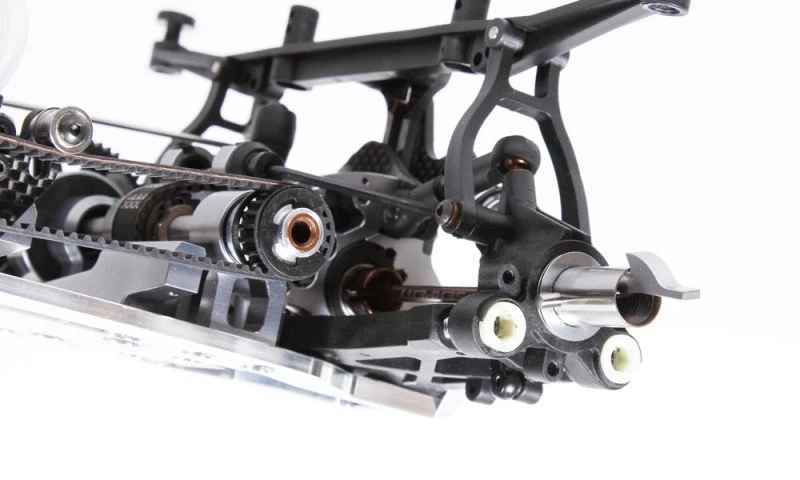
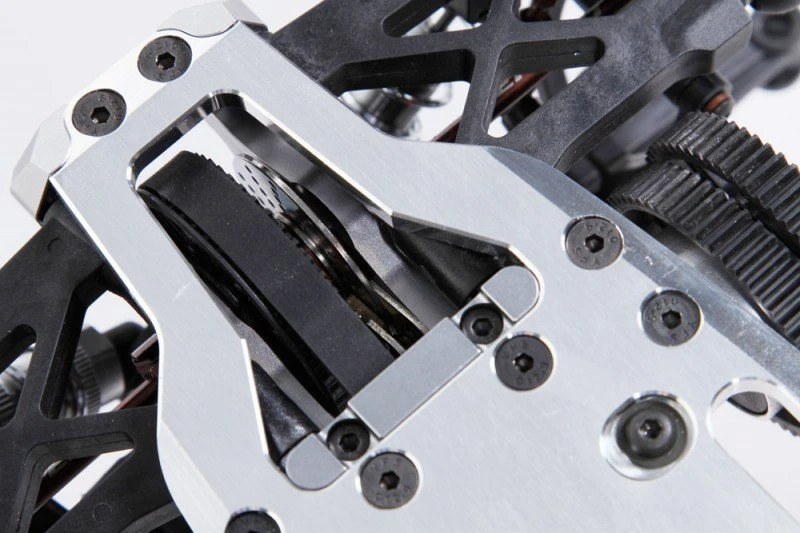

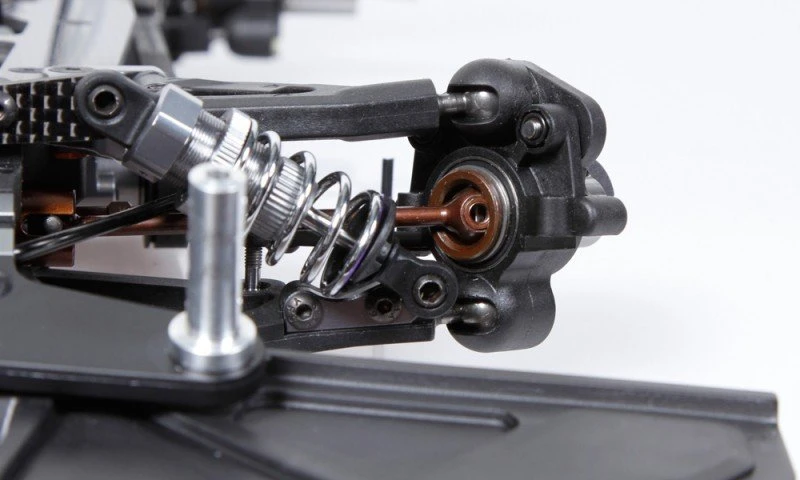
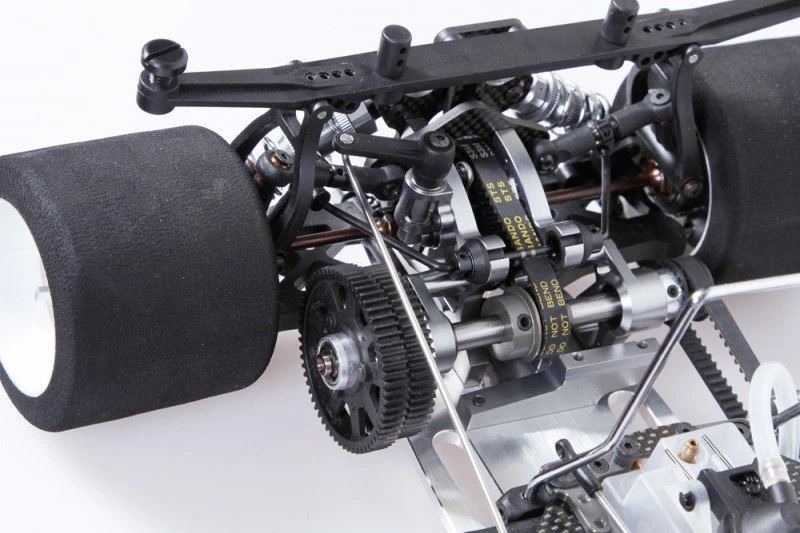

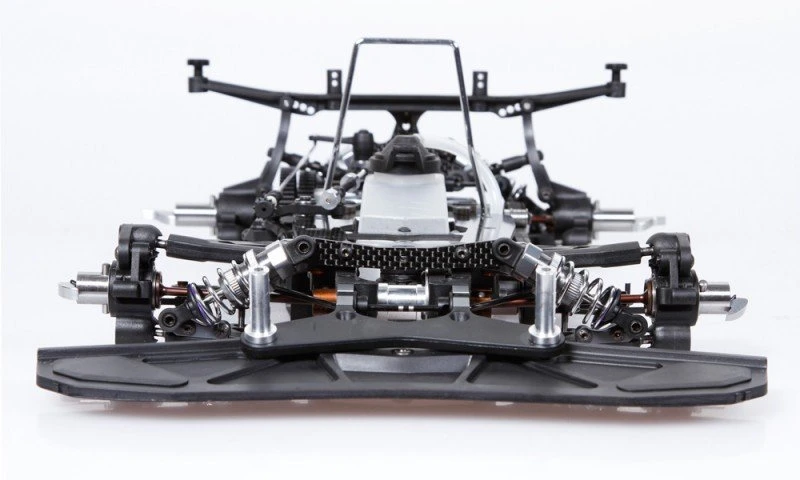






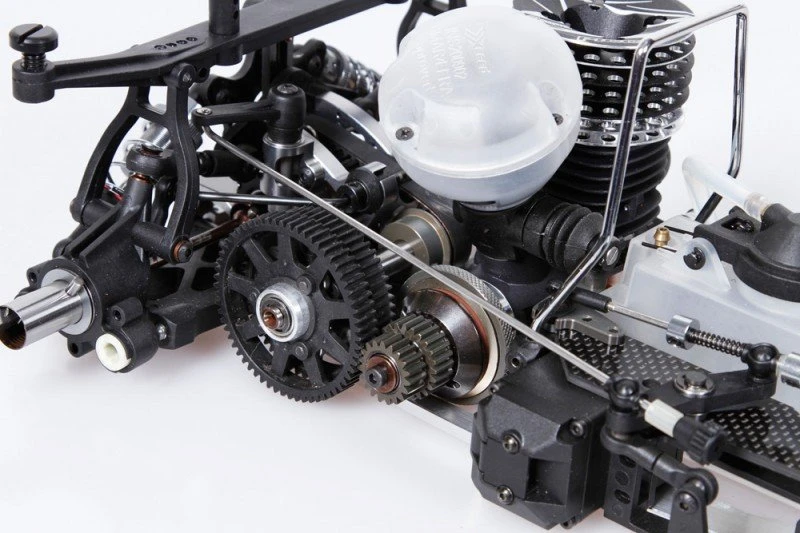
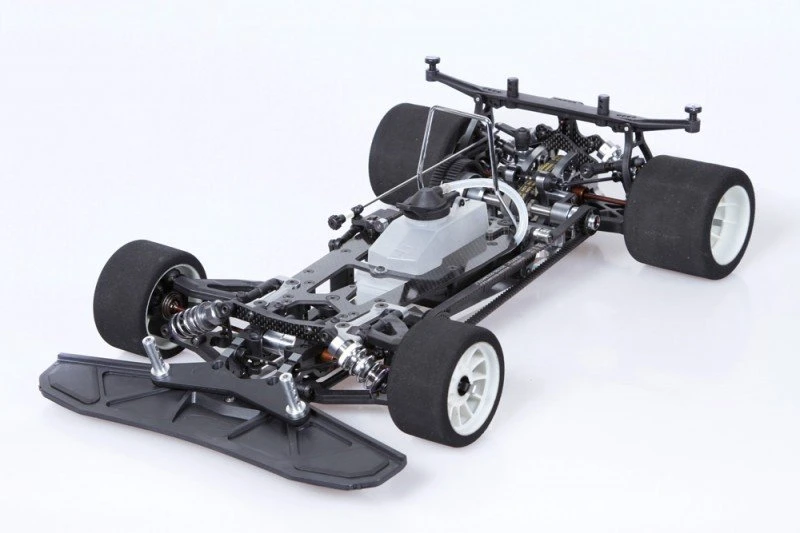

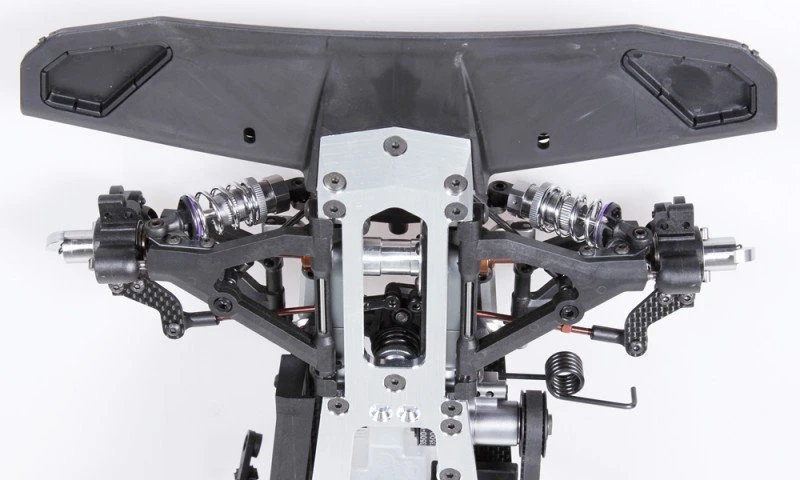
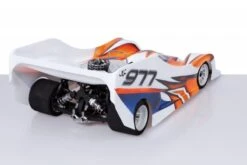

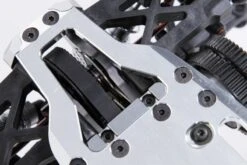
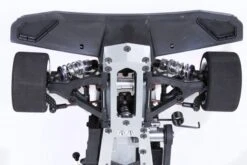
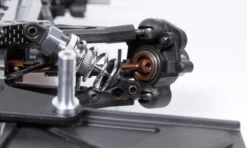


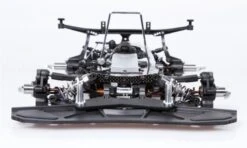






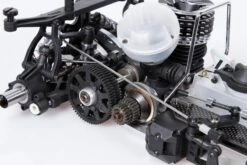

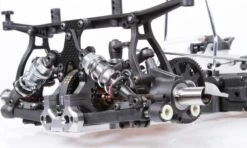
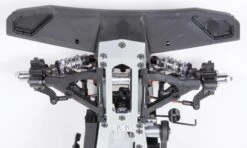
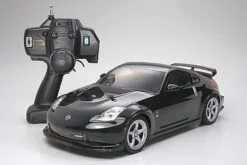
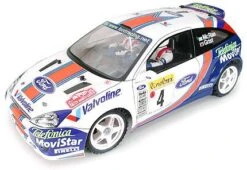
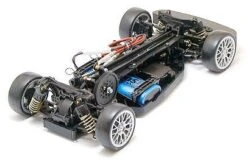

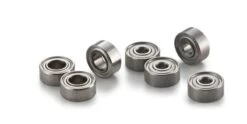
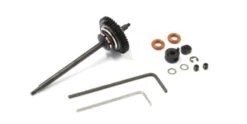
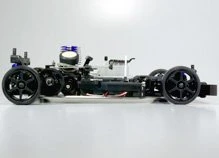
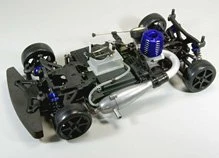
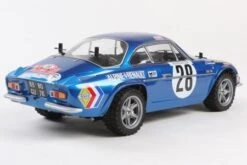
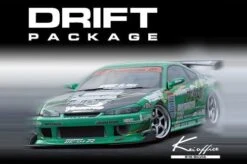
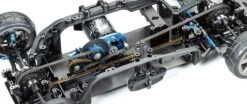

Reviews
There are no reviews yet.